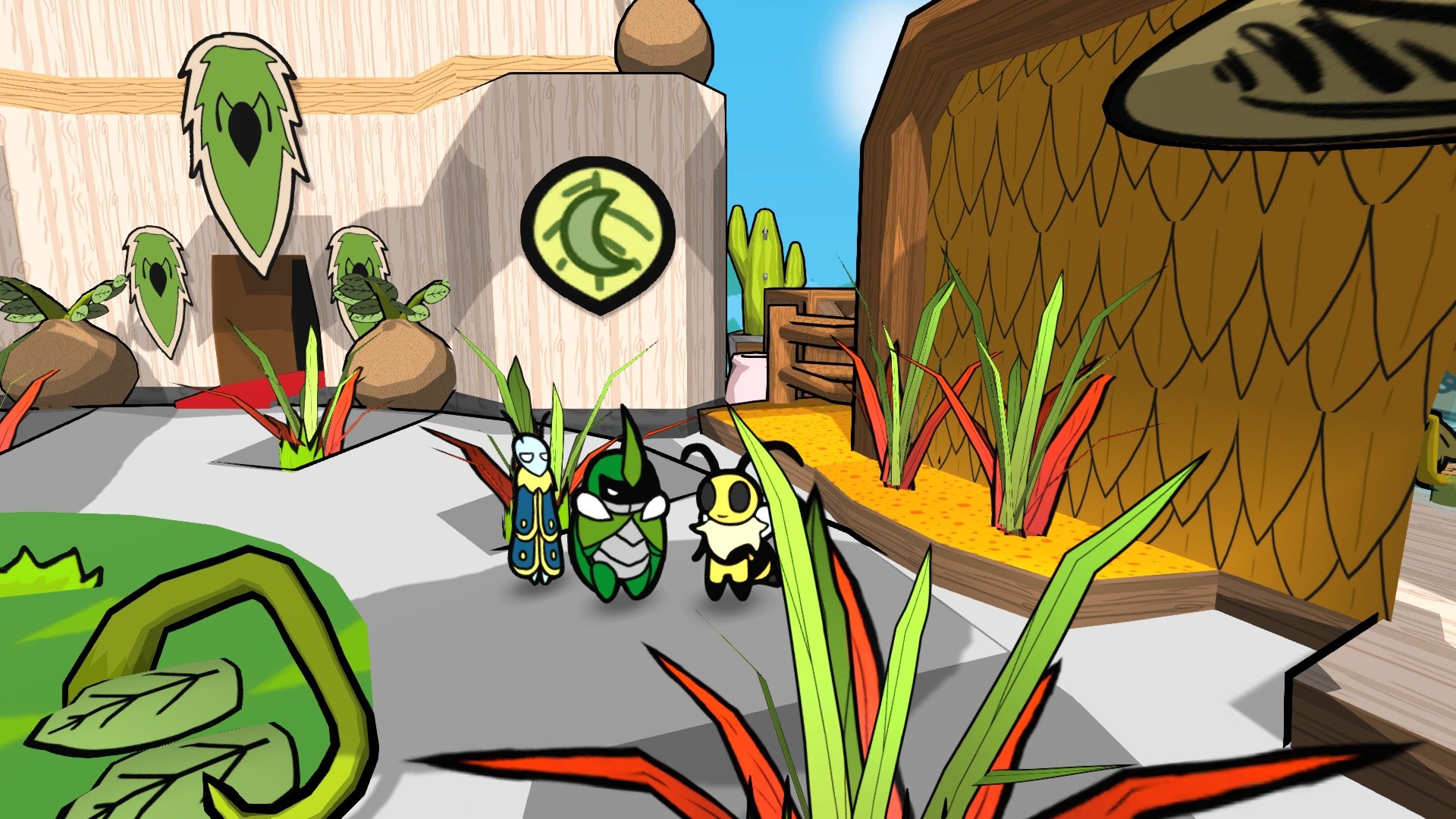For a while now, I was getting this sudden urge to play something like Paper Mario, that isn’t Paper Mario. In most circumstances, the simple answer would be to just play Paper Mario, of course. Sometimes, though, I still want something the same – yet different. What I mean is I want those same mechanics, but not with Mario and maybe on another platform. That feeling became especially strong after the last few games in the series deviated from the formula I enjoyed. But for a long time, there wasn’t an alternative, at least as far as I know.
Queue in Bug Fables – a game so similar to Paper Mario that it is borderline criminal how similar it is. From its paper pop-art style to its gameplay elements, a lot of what Bug Fables does is clearly inspired by the aforementioned title. So, it seems the developers also wanted something like Paper Mario, that wasn’t it. Why else would they create a game like this? But is this imitation the highest form of flattery or a quick cash-grab?
Story
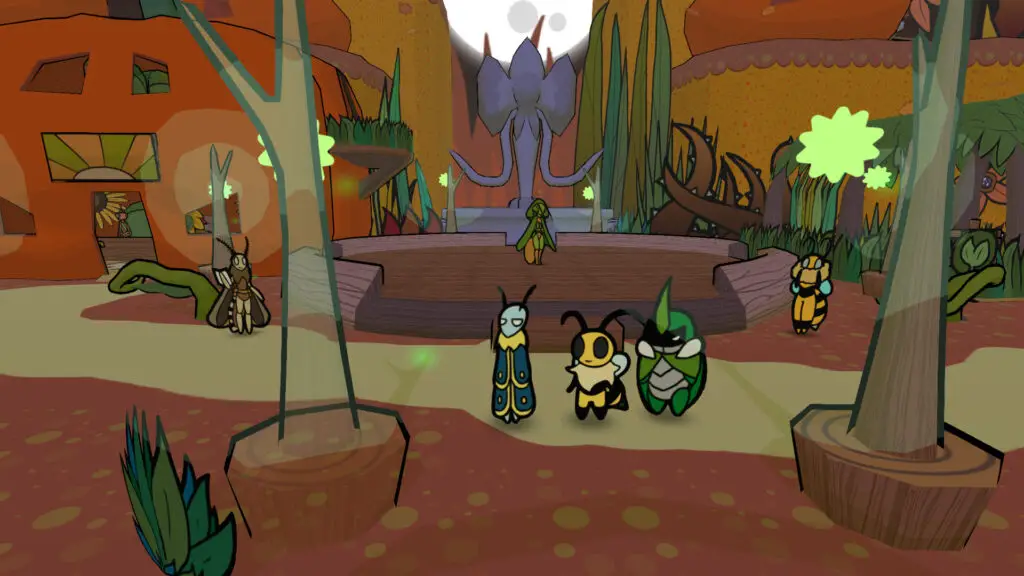
Bug Fables follows the adventures of team Snakemouth – an unlikely alliance of three bugs: Kabbu, Leif and Vi. The group is rare as far as adventuring goes – such parties usually consist only of two members, as we find out later. But after the Ant Queen had seen how well the three of them worked together, she decided they would be the first three bug team in history. Thanks to the queen, the heroes must now work together to find clues that’ll lead them to the Everlasting Sapling.
Gameplay
When we talk about Bug Fables, it is hard not to compare this game with Paper Mario. When I say Paper Mario, by the way, I mean the real ones – not those Nintendo has been making recently. Like the old games from that series, Bug Fables is a turn-based paper adventure. It also has all the mechanics I’d expect from a new Paper Mario game, that we are yet to get.
Now, I could just write that the gameplay is exactly like the N64 and the GameCube Paper Mario and call it a day. This, however, will mean nothing to those who haven’t played the two classics. Just like in Paper Mario, the combat is displayed from a 2D perspective. The player’s team is on the left and the enemies on the right of the screen. There are some slight changes that happen during the battle, depending on who attacks – the players, the enemy or neither.
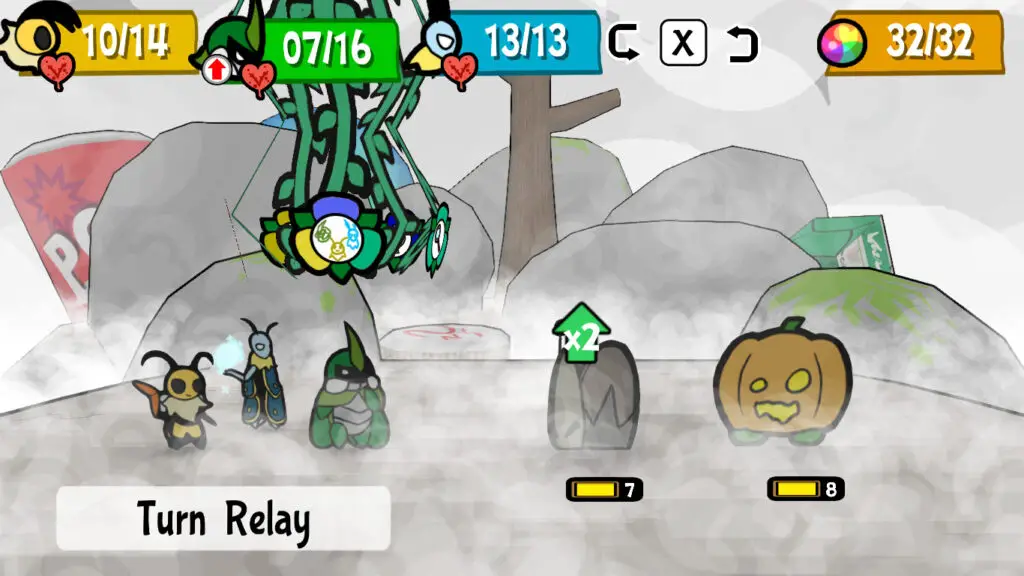
For example – some bug that’s lucky enough to hit the player gets an opportunity to attack before the player does. After that, it’s the player’s turn. The order of the attacks is determined by who was the leader at the time – the bug I was exploring with. This doesn’t mean that I couldn’t change the characters’ order – and therefore the leader – at any time, even during the combat. The system was very flexible.
After having determined my bug order, I was ready to attack. Like in Paper Mario, I had to do a QTE minigame to perform attacks or use skills, at their most effective. While I would still do the action if I failed the QTE, it wouldn’t work as well as it could have. The minigames ranged from easy – just a simple button, to something a tad harder, like pressing three different buttons the second they appear.
Skills and Levelling
Skills in Bug Fables work differently, compared to what the players are used to, in this type of games. Along with the standard attacks, each bug has its own set of skills it could perform. Unlike in most RPGs, where each character has their own skill points, in Bug Fables characters use skill points from the same pool. So, if I use Kabbu’s skill then Vi’s, I may not have enough points left for Leif’s one. Although, this is remedied by levelling up, since skill points can be upgraded along with health and medal points.
Levelling is also somewhat different from how it’s done in other games – where each character can be personally customized and upgraded. Team Snakemouth is one – and the team that sticks together levels up together. At first, it may seem to work the same way as in any other turn-based game, with the team getting regular experience points after a battle. Where it differs is that these points aren’t given to each individual character; instead, the heroes upgrade as one. At reaching the first 100 points, the party will level up. After that, each new experience milestone will increase its requirement by 1. For example, after earning the first 100 points, to get to the next level, Snakemouth will need to earn 101 points and so on.
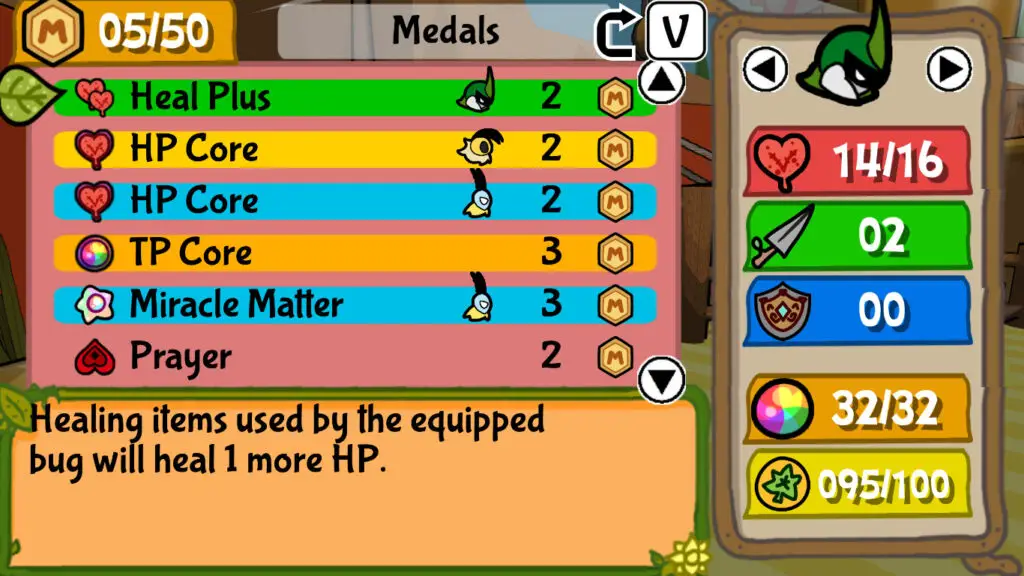
After levelling up, the players select from three stats to increase. The first stat is health: It increases each character’s health by one point. While not much, it does make a difference in the grand scheme of things. The second stat is skill points: It increases the skill point pool by three. The final stat is the number of medal points. It also increases by three.
The medal points are possibly the most game-changing feature in Bug Fables. It allows the player to add modifications to the game, known as badges. There are various different effects they can have. These range from increasing a character’s health to turning on the hard mode. Each badge is given a special numerical value. It determines what badges the players can use at a given time. Although this also depends on how many medal points they have. In other words, the badges could make the game easier or harder. It’s all based on which ones the player purchased or found around the game. It is also something that most players could go the whole game without – unlike the other two stats.
Exploration and Side Quests
When Snakemouth isn’t battling, the heroes are busy exploring the world of Bugaria, doing quests, solving puzzles and more. Quests in Bug Fables begin the usual way. That is, through a notice board filled with villagers asking for help – that only Snakemouth can provide. Players can choose not to complete these tasks. Doing them, however, will yield rewards – which vary from one to another. The side quests were a breath of fresh air, when I needed that break from the main game. The particular fav was the one where Snakemouth joins the theater and Vi ruins all her lines. There were others, but that was the best.
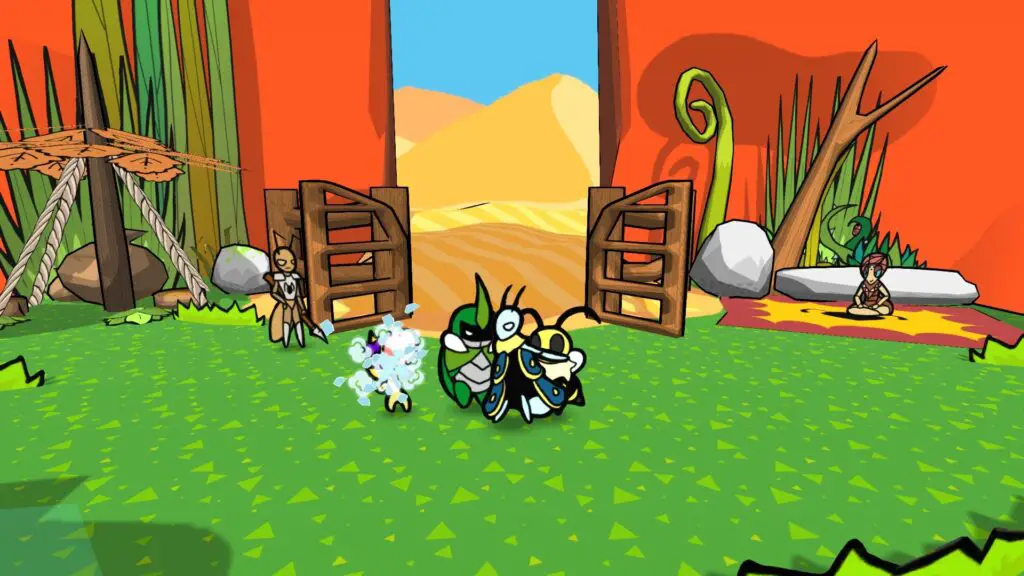
Aside from doing side quests, sometimes the players will need to solve puzzles and complete small platforming sections. While these sections weren’t difficult, they did provide some moments of frustration. Especially when trying to hit levers with Vi’s boomerang. I had to be extremely precise as to where I was aiming or else I would miss, by a fraction. And when I say a fraction – I mean a fraction. While this could become much easier with some lock-on system, it wasn’t so bad that I would stop playing. It was just that it may have taken me a few throws instead of one to land a hit.
The Paper Mario Sequel we Need
Bug Fables is the closest a game has ever come to replicating the fun of Paper Mario and its sequel, Thousand-Year Door. For players that keep wanting a new game in the series that follows the same formula, this is the best you are going to get, as Nintendo won’t do it anytime soon. Bug Fables is fun and unique, with great characters that I couldn’t help but fall in love with on my adventure throughout Bugaria. Of course, most players will come because of the comparison to Paper Mario. Many of them will, however, find themselves enjoying a world like no other, and even anticipating a future sequel. Bug Fables is the new Paper Mario in everything but the name.


